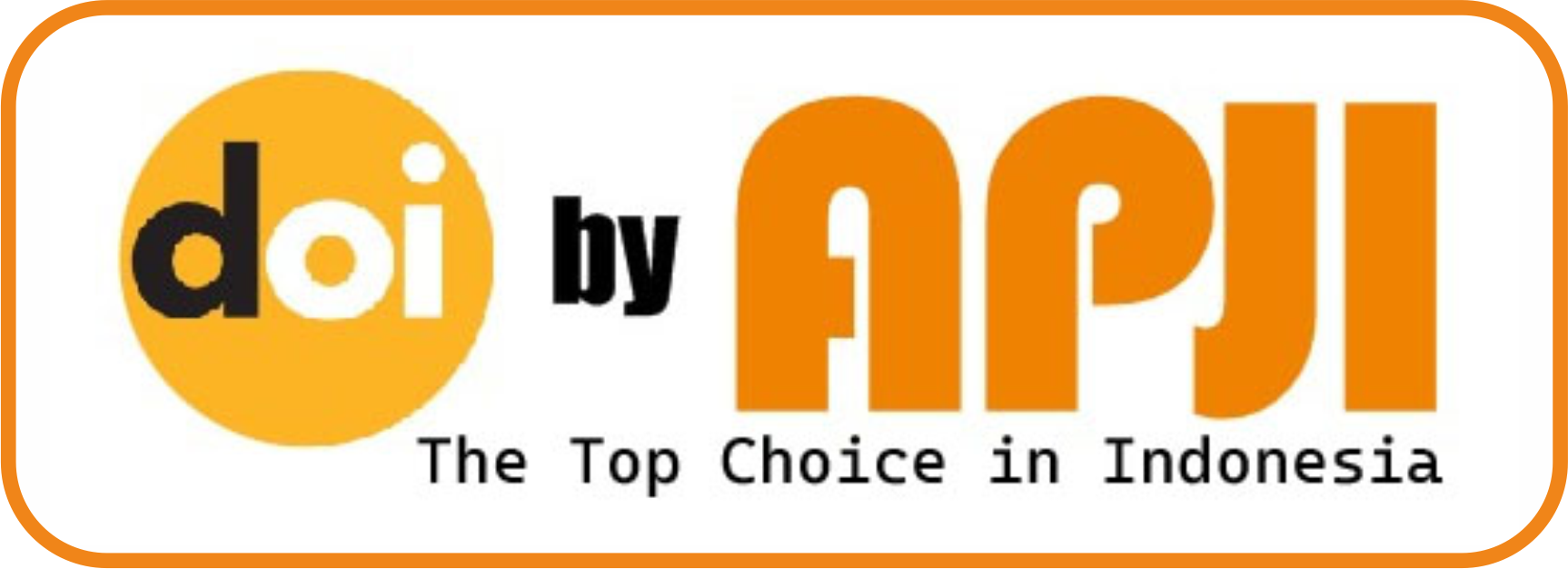Implementasi Bahasa Python Dalam Menganalisis Pengaruh Rokok Terhadap Risiko Pasien Terkena Penyakit Stroke
DOI:
https://doi.org/10.55606/jupti.v2i2.1722Kata Kunci:
Python, Smoking, Statistics, StrokeAbstrak
This study discusses the implementation of Python programming language in analyzing the influence of smoking habits on the risk of stroke in patients. The study utilizes the "Stroke Prediction Dataset" from World Health Organization (WHO) as the research data source. By employing exploratory data analysis methods, the study can model statistics, visualize data, and test hypotheses to gather supporting variables in analyzing the impact of smoking on the risk of stroke. The analysis results indicate that smoking significantly contributes to an increased risk of stroke. The relationship between smoking status and stroke risk is also influenced by other factors such as age, gender, and other underlying health conditions like hypertension and heart disease.
Referensi
Adyttia, A., Untari, E. K., & Wahdaningsih, S. (2014). Efek Ekstrak Etanol Daun Premna cordifolia terhadap Malondialdehida Tikus yang Dipapar Asap Rokok. Pharmaceutical Sciences and Research, 1(2), 104–115. https://doi.org/10.7454/psr.v1i2.3302
Agustin, S. (2023). 9 Bahaya Merokok bagi Kesehatan Tubuh - Alodokter. https://www.alodokter.com/segudang-bahaya-merokok-terhadap-tubuh
Bubnova, M., Aronov, D., & Persiyanova-Dubrova, A. (2019). EFFECTS OF ROSUVASTATIN AND ATORVASTATIN ON BLOOD PRESSURE, CEREBRAL BLOOD FLOW, ENDOTHELIAL FUNCTION, ANGIOTENSIN II IN PATIENTS WITH ISCHEMIC STROKE-COMPLICATED HYPERTENSION. Journal of Hypertension, 37, e277. https://doi.org/10.1097/01.hjh.0000573532.28026.dc
Diyono, D., & Setiani, D. Y. (2020). PENGARUH PENDIDIKAN KESEHATAN PENYAKIT JANTUNG KORONER TERHADAP SIKAP DAN MOTIVASI BERHENTI MEROKOK. KOSALA : Jurnal Ilmu Kesehatan, 8(1), 17. https://doi.org/10.37831/kjik.v8i1.184
Fedesoriano. (2021). Stroke Prediction Dataset.
Hospital, S. (2023). Apa itu Stroke Iskemik, Lebih Parah Dari Stroke Hemoragik? https://www.siloamhospitals.com/en/informasi-siloam/artikel/stroke-iskemik
Imanda, A., Martini, S., & Artanti, K. D. (2019). Affecting Factors of Stroke Incidence : A Case Control Study. Kesmas: National Public Health Journal, 13(4), 164. https://doi.org/10.21109/kesmas.v13i4.2261
Iriananda, S. W., Putra, R. P., & Nugroho, K. S. (2021). ANALISIS SENTIMEN DAN ANALISIS DATA EKSPLORATIF ULASAN APLIKASI MARKETPLACE GOOGLE PLAYSTORE. CIASTECH, 473–482.
Jumayanti, J., Wicaksana, A. L., & Akhmad Budi Sunaryo, E. Y. (2020). KUALITAS HIDUP PASIEN DENGAN PENYAKIT KARDIOVASKULAR DI YOGYAKARTA. Jurnal Kesehatan, 13(1), 1–12. https://doi.org/10.23917/jk.v13i1.11096
Luft, A., & Lüscher, T. F. (2021). Transient Ischaemic Attack and Stroke. In Manual of Cardiovascular Medicine (pp. 159–168). Oxford University Press. https://doi.org/10.1093/med/9780198850311.003.0019
Mayasari, N. M. E., Arso, I. A., & Maharani, E. (2017). Diagnostic Value of Duke Treadmill Score in Predicting Coronary Lesions Severity in Patients with Suspected Stable Coronary Artery Diseases. Indonesian Journal of Cardiology, 65–74. https://doi.org/10.30701/ijc.v37i2.565
Pramudita, A., & Pudjonarko, D. (2016). FAKTOR – FAKTOR YANG MEMPENGARUHI FUNGSI KOGNITIF PENDERITA STROKE NON HEMORAGIK. Jurnal Kedokteran Diponegoro, 5, 460–474.
Rahayu, T. G. (2023). Analisis Faktor Risiko Terjadinya Stroke Serta Tipe Stroke. Faletehan Health Journal, 10(01), 48–53. https://doi.org/10.33746/fhj.v10i01.410
Romzi, M., & Kurniawan, B. (2020). PEMBELAJARAN PEMROGRAMAN PYTHON DENGAN PENDEKATAN LOGIKA ALGORITMA (Issue 2).
Singh, P. K. (2021). World Stroke Day. https://www.who.int/southeastasia/news/detail/28-10-2021-world-stroke-day
Sofian Afrizal, F., Agusrawati, A., Yahya, I., Adi Wibawa, G., Ruslan, R., & Makulau, M. (2022). FAKTOR–FAKTOR YANG MEMPENGARUHI KASUS STROKE ISKEMIK DI PROVINSI SULAWESI TENGGARA MENGGUNAKAN REGRESI LOGISTIK BINER. Jurnal Matematika Komputasi Dan Statistika, 2(1), 24–30. https://doi.org/10.33772/jmks.v2i1.3
Sultradewi Kesuma, N. M. T., Krismashogi Dharmawan, D., & Fatmawati, H. (2019). Gambaran faktor risiko dan tingkat risiko stroke iskemik berdasarkan stroke risk scorecard di RSUD Klungkung. Intisari Sains Medis, 10(3). https://doi.org/10.15562/ism.v10i3.397
Tooy, M., Tendean, L., & Satiawati Lusiana. (2016). Perbandingan kualitas spermatozoa tikus wistar (Rattus norvegicus) yang diberi paparan asap rokok dengan asap rokok elektronik. EBiomedik, 4, 2–3.
Utama, Y. A., & Nainggolan, S. S. (2022). Faktor Resiko yang Mempengaruhi Kejadian Stroke: Sebuah Tinjauan Sistematis. Jurnal Ilmiah Universitas Batanghari Jambi, 22(1), 549. https://doi.org/10.33087/jiubj.v22i1.1950
Widayanti, T. A. (2019). Pengaruh Merokok Terhadap Penyakit Hipertensi.
Wirastuti, K., Riasari, N. S., Djannah, D., & Silviana, M. (2023). Upaya Pencegahan Stroke melalui Skrining Skor Risiko Stroke dengan Intervensi Penyuluhan dan Pemeriksaan Faktor Risiko Stroke di Kelurahan Bojong Salaman Kecamatan Pusponjolo Selatan Semarang Barat. Jurnal ABDIMAS-KU: Jurnal Pengabdian Masyarakat Kedokteran, 2(1), 23. https://doi.org/10.30659/abdimasku.2.1.23-29
Yaomi, I. (2021, October 26). 10 Penyakit Penyebab Kematian di Dunia. https://lifestyle.bisnis.com/read/20211026/106/1458703/10-penyakit-penyebab-kematian-di-dunia



















